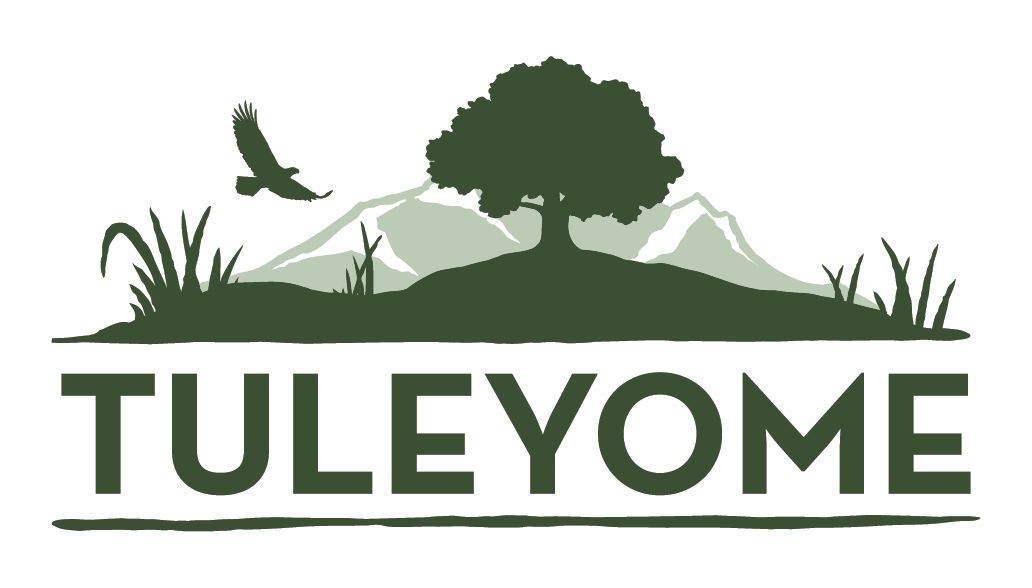Education Associate

California Newt (Taricha torosa) on Molok Luyuk
Position Title: EDUCATION ASSOCIATE
Founded in 2002, Tuleyome is a regional non-profit organization headquartered in Woodland, CA, with a footprint throughout the Berryessa Snow Mountain National Monument region. Tuleyome is a Lake Miwok Indian word that means “deep home place”, illustrating our organization’s deep connection to our environment, our communities and our regional lands. Tuleyome’s mission is to provide advocacy and active stewardship to conserve, enhance, restore and enjoy lands in the Northern Inner Coastal Range region. Working with partners we have protected vast expanses of public lands, such as the nearly 340,000 acres of Berryessa Snow Mountain National Monument, the 31 miles of Cache Creek State Wild and Scenic River and the 160-acre Woodland Regional Park. We are also neighbors, holding title to nearly 3,000 acres, plus an additional 1,200 acres in conservation easements and 640 acres in Williamson Act easements, all of which combine to protect key ecological parcels and enhance access to public lands across the region. Tuleyome’s leadership in the Northern Inner Coastal Range protects, restores, educates and increases access to a growing community that is also inspired to protect, restore and enjoy the region’s natural landscape.
Position Description
Tuleyome is seeking an energetic and dynamic leader to help design, implement and deliver Tuleyome’s science and education programs. The educational program utilizes a combination of public and school-based excursions, projects and events locally and throughout the Northern Inner Coastal Range of California. The Education Associate works with Tuleyome’s team and local, regional and statewide conservation organizations, local, state and federal agencies, local landowners and businesses, and teachers and schools, to create and enhance educational opportunities for youth and adults locally and throughout the Berryessa Snow Mountain National Monument region. The Education Associate is an essential part of the Tuleyome team and works under the leadership of the Executive Director. This is an exceptional opportunity for a motivated and creative educator with an excitement for the outdoors to maximize and strengthen Tuleyome and its efforts to defend, protect, expand, and restore the lands in our region.
The Education Associate will have a love of the environment and outdoor recreation, experience in nature education, knowledge of the local natural environment, as well as an understanding of the importance of public access to public lands. They will also have outstanding leadership and interpersonal skills, the ability to work with people from a range of diverse backgrounds, and to work on dynamic, high-performance teams. The candidate is committed to Tuleyome’s mission, emotionally intelligent and has high integrity.
Position Objectives
- Increase knowledge of, and engagement in, our natural environment in diverse and underserved communities.
- Create and expand outdoor educational opportunities for youth and adults locally and throughout the Berryessa Snow Mountain National Monument region.
- Oversee, design and implement engaging nature and science programs, classes and events that meet youth educational standards at Woodland Regional Park.
- Work collaboratively with partners to ensure and promote a portfolio of educational and outdoor opportunities in the region.
- Collaborate with Tuleyome team members to implement and expand Tuleyome’s California Naturalist course.
Qualifications of a successful candidate
- Experience in successfully delivering environmentally focused and related educational content to children and adults.
- Experienced communicator with excellent interpersonal skills and proven ability to interact with a wide diversity of people.
- Outstanding organization and project management skills.
- Experience and skill in using a wide range of social and multimedia tools and channels for outreach to target audiences.
- A valid driver’s license is required.
- Ability to travel regionally and work extended hours as needed. Driving, travel, temporary assignments and occasional extended work hours are required.
- Ability to deliver educational experiences outdoors in a variety of weather and circumstances and to hike on uneven surfaces and terrains for extended distances.
- Commitment to advancing equity, inclusion, and diversity within the organization and in the environmental movement.
- Passion, creativity, integrity, positive attitude, and intellectual curiosity.
- Fluency in Spanish is a plus.
Hours and Salary
This is a 32 to 40 hour per week position.
Salary $36,000 to $58,000 annually at 32 - 40 hours per week, DOE, with benefits.
To Apply
Send a cover letter and resume to information@tuleyome.org. No phone calls, please.
Tuleyome will review resumes as received. The position will remain open until filled.
Tuleyome is an equal opportunity employer and does not discriminate on the basis of race, color, age, ethnicity, religion, national origin, pregnancy, sexual orientation, gender identity, genetic information, sex, marital status, disability, or status as a U.S. Veteran.
This job description reflects the assignment of essential functions; it does not prescribe or restrict the tasks that may be assigned.
PDF of job description is available HERE.
RECENT ARTICLES






